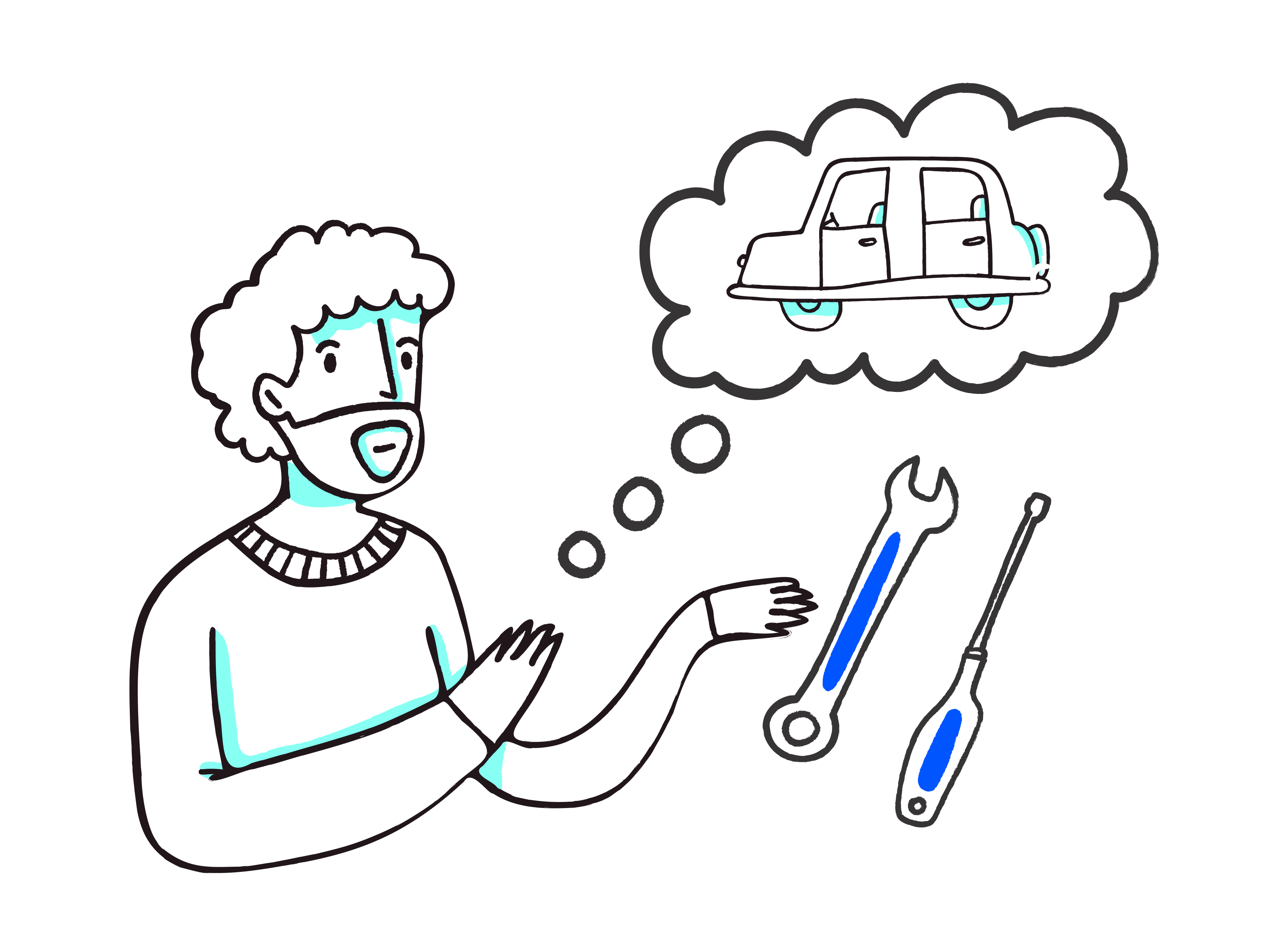Using design that’s humble, systematic, and pragmatic, to get products that drive the outcomes you want, shipped, and continually improved on.






Good design means knowing you don’t have the answer.
It starts with asking what do you want to achieve? Why? What’s stopping you from achieving it?
Take your best guess, and accept that you will only get better by iterating.
Read case study 👉

Proper experimentation and iteration require systems where you can monitor impacts in the real world.
Systems that keep getting better. With a history of learning baked into them.
Read case study 👉

Only live products prove anything. A design that costs more to build than the value it can produce is a bad design.
Good design works with engineering to understand the technical challenges, and with management to understand whether they're worth it.
Read case study 👉
I’ve not met a design tool I can’t master. Sketch, Figma, Framer, After Effects, Principle... I've used them all.
I've planned, run, and analysed research sessions of all kinds. I know how to pick the right approach for any question.
I've planned, built, and contributed to design systems at both large and small organisations.
Everything I release is accessible to at least AA standards, from colour contrasts, to tab ordering.